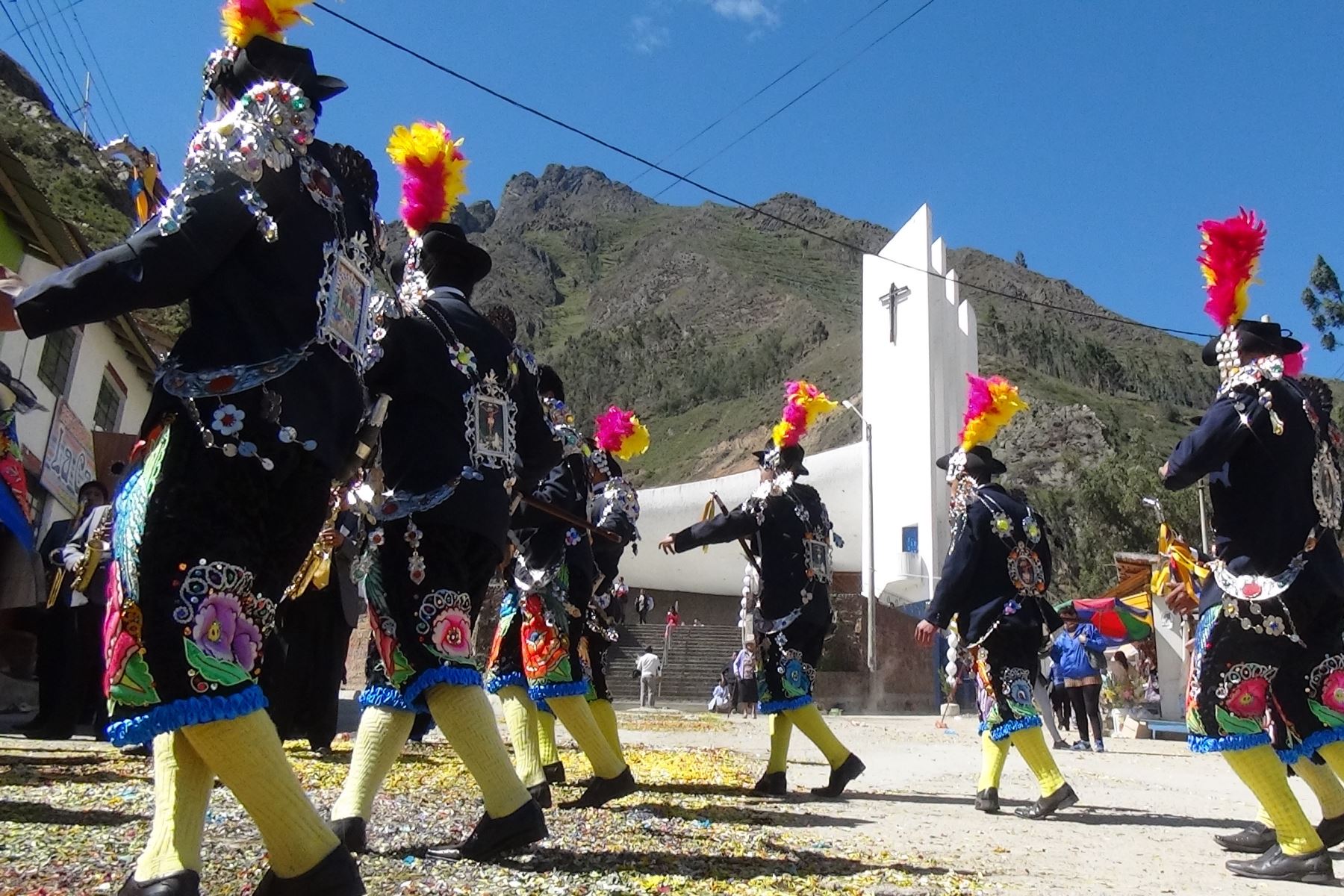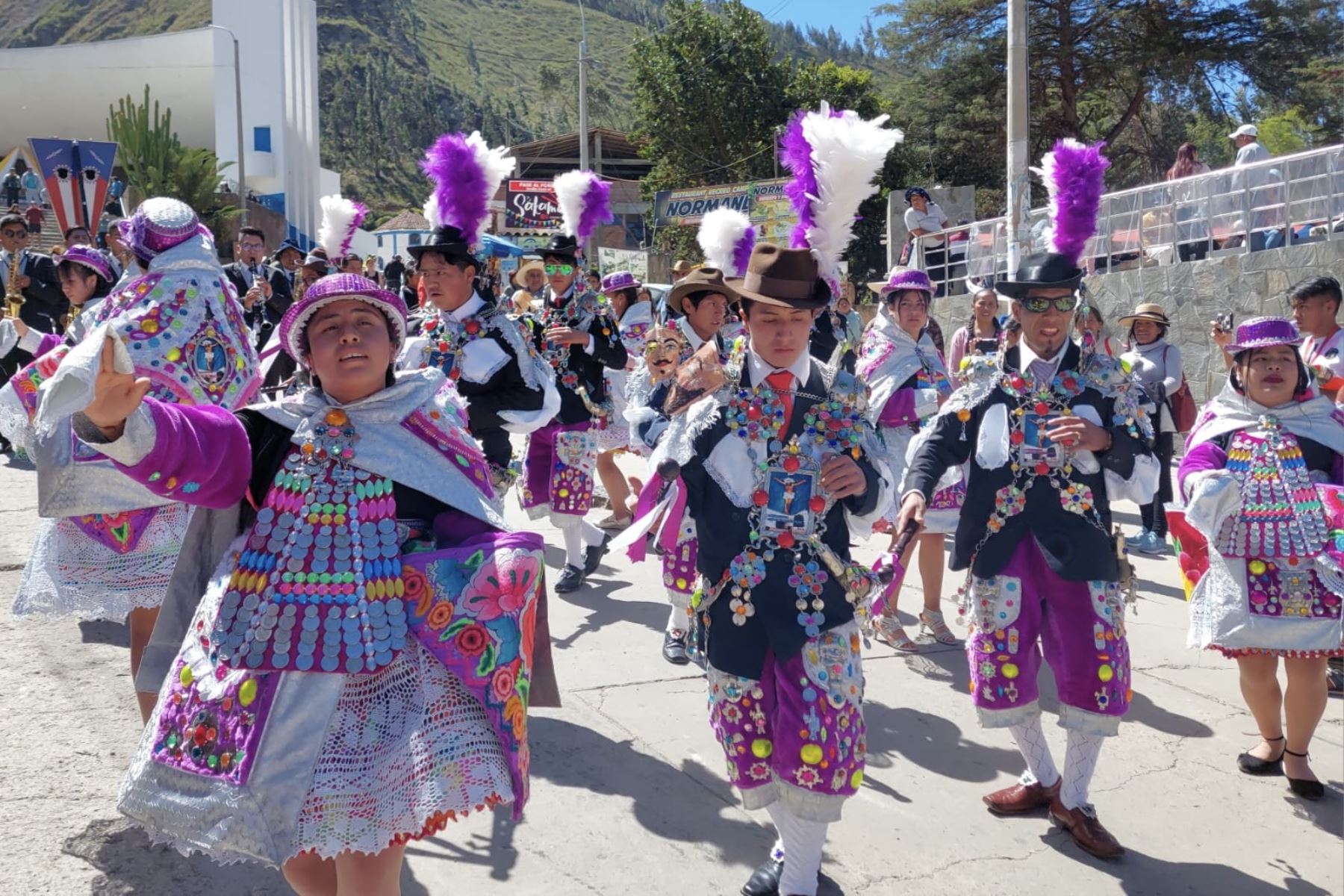Festive Dates in Tarma: A Tapestry of Tradition and Celebration
Tarma, a picturesque city nestled in the Peruvian Andes, is a place where time seems to slow down, allowing the rich tapestry of cultural traditions to flourish. The city’s calendar is punctuated by a vibrant array of “fechas festivas” – festive dates – that weave together indigenous customs, Catholic celebrations, and a deep-seated love for community. These celebrations are not mere events; they are living expressions of Tarma’s soul, offering visitors a glimpse into the heart of Andean life.
The rhythm of Tarma’s year is marked by a series of celebrations, each with its unique character and significance. From solemn religious processions to exuberant harvest festivals, these events reflect the city’s diverse heritage and the enduring spirit of its people.

January: Welcoming the New Year and Honoring the Magi
January in Tarma begins with the universal celebration of New Year’s Day, but quickly transitions into a more localized and culturally rich observance.
Bajada de Reyes (Epiphany, January 6th): A Symbolic Journey
The “Bajada de Reyes,” or Epiphany, marks the arrival of the Three Wise Men. In Tarma, this is a particularly significant celebration, often involving processions and reenactments of the Magi’s journey.

February: Carnival’s Colorful Embrace
February in Tarma, as in much of the Andean region, is synonymous with Carnival, a period of joyous revelry and playful traditions.
Carnavales Tarmeños (Tarma Carnival): A Burst of Color and Music
Carnival in Tarma is a vibrant spectacle of music, dance, and colorful costumes.
March/April: Semana Santa (Holy Week) and Easter’s Solemn Beauty
The shift from Carnival’s exuberance to the solemnity of Semana Santa marks a significant transition in Tarma’s festive calendar.
Semana Santa (Holy Week): A Time of Reflection and Devotion
Semana Santa, or Holy Week, is a deeply religious observance in Tarma, characterized by solemn processions and acts of devotion.
May: Celebrating Agriculture and Patron Saints
May in Tarma is a time to honor the land and its bounty, as well as to celebrate the city’s patron saints.
Fiesta de las Cruces (Festival of the Crosses, May 3rd): Blessings and Protection
The Fiesta de las Cruces is a widespread Andean tradition, celebrating the power of the cross to protect and bless.
Fiesta de San Isidro Labrador (Saint Isidore the Laborer, May 15th): Honoring the Patron of Farmers
San Isidro Labrador, the patron saint of farmers, is honored in Tarma with a special celebration.
June: Inti Raymi and San Juan’s Bonfires
June marks the winter solstice and the celebration of Inti Raymi, as well as the festivities of San Juan.
Inti Raymi (Festival of the Sun, June 24th): A Tribute to the Sun God
While the main Inti Raymi celebration takes place in Cusco, Tarma also observes this important Andean festival.
Fiesta de San Juan (Saint John’s Festival, June 24th): Bonfires and Blessings
San Juan’s festival is celebrated with bonfires, music, and dance.
July: Independence Day and Local Patron Saints
July is a month of national pride and local devotion in Tarma.
Fiestas Patrias (Independence Day, July 28th): Celebrating Peruvian Identity
Peru’s Independence Day is celebrated with parades, civic ceremonies, and cultural events.
August: Patron Saint Festivities and Agricultural Celebrations
August sees more patron saint celebrations and a continued focus on agricultural traditions.
Fiesta de Santa Rosa de Lima (Saint Rose of Lima, August 30th): Honoring Peru’s Patron Saint
Santa Rosa de Lima, the patron saint of Peru and the Americas, is honored with a special celebration.
September: Spring’s Arrival and Agricultural Fairs
September marks the beginning of spring in the Southern Hemisphere, bringing with it agricultural fairs and celebrations of abundance.
Agricultural Fairs:
Throughout September, various agricultural fairs are held in Tarma and surrounding communities.
October: Señor de los Milagros (Lord of Miracles)
October is a month of deep religious significance in Peru, particularly for the celebration of the Señor de los Milagros.
Señor de los Milagros (Lord of Miracles): A Powerful Expression of Faith
The Señor de los Milagros, or Lord of Miracles, is a revered religious icon in Peru, and his festival is celebrated with great devotion in Tarma.
November: All Saints’ Day and All Souls’ Day
November is a time to remember and honor the deceased.
Dia de Todos los Santos (All Saints’ Day, November 1st) and Dia de los Difuntos (All Souls’ Day, November 2nd): Remembering the Departed
All Saints’ Day and All Souls’ Day are observed in Tarma with visits to cemeteries, where families decorate graves and offer prayers for their deceased loved ones.
December: Christmas and New Year’s Eve
December brings the festive season of Christmas and New Year’s Eve, culminating in joyful celebrations.
Navidad (Christmas): A Time for Family and Celebration
Christmas in Tarma is a time for family gatherings, religious observances, and festive meals.



